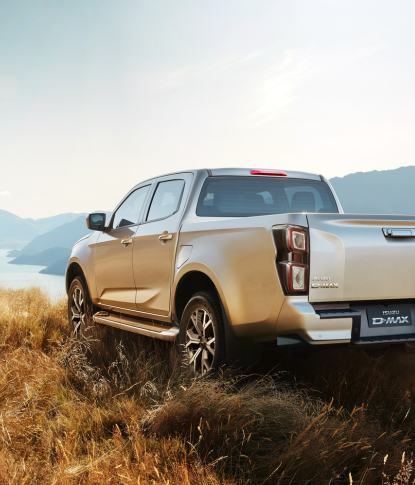ISUZU CSR
ISUZU & SUSTAINABILITY
Click here to download our comprehensive Carbon Reduction Plan
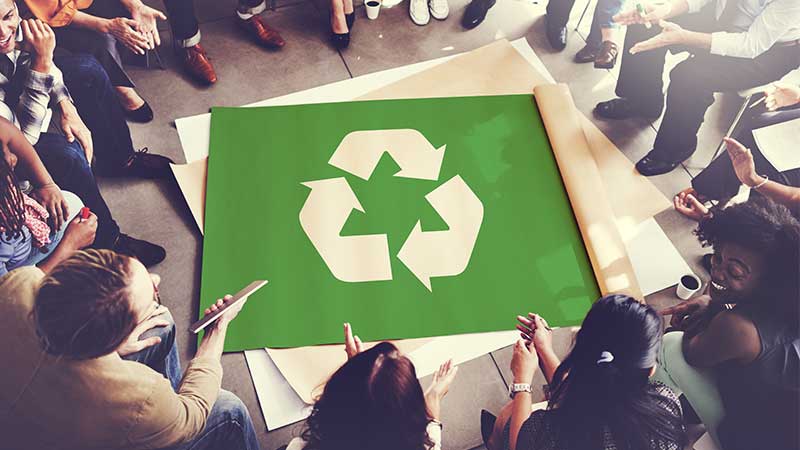
End-of-life vehicle (ELV) DIRECTIVE
The End-of-life vehicle (ELV) Directive seeks to prevent or limit waste and improve the re-use, re-cycling and recovery of ELVs and their components. In its broadest interpretation the Directive aims to ensure that vehicles that have reached the end of their useful life can be disposed of with the minimum environmental impact. The ELV Directive has now been transposed into UK law and requires all manufacturers and importers to: Take back qualifying vehicles they have put on the market at the end of their useful life ensuring that they are disposed of in an environmentally responsible manner. Ban the use of hazardous materials (for new cars from 3rd November 2003 excluding some parts where it is essential for use) such as Lead, Mercury, Cadmium and Hexavalent Chromium. To meet the re-cycling and recovery targets of 85 percent by weight in 2006 (including a maximum of 5% energy recovery) and from 2015 a re-cycling and recovery target of 95% (including a maximum of 10% energy) recovery is proposed. To facilitate disposal in an environmentally friendly manner and to meet the re-cycling and recovery targets Isuzu (UK) Limited has signed a comprehensive agreement with Autogreen Limited. Autogreen in its role as the service provider for Isuzu end-of-life vehicles will provide a contracted network of “take back” and “Authorised Treatment Facilities” (ATFs) throughout the United Kingdom ensuring that the minimum mandated re-use, recovery and re-cycling targets are met. The contracted ATF will take back free of charge any qualifying ELVs that are presented by the last owner or keeper (presenting evidence of ownership). Until 1 January 2007 free take back was only applicable to vehicles registered on or after 1 July 2002. The legislation defines a qualifying vehicle as follows: The vehicle must be delivered to a manufacturer/importer appointed free take back facility The vehicle must be complete, containing the essential components of the vehicle including the engine, transmission, coachwork, wheels and catalyst (where originally fitted) The vehicle must be free of additional waste (such examples include garden /household waste, additional tyres etc) All of the Autogreen contracted ATF partner sites are fully compliant with DEFRA standards and have been approved/licensed by the Environmental Agency. In addition all contracted sites operate state of the art re-cycling equipment. Through their computerised links to the Driver and Vehicle Licensing Agency (DVLA) they will be able to de-register cars so that the last owner's responsibility for the vehicle ends with a unique Certificate of Destruction (COD) being subsequently issued.
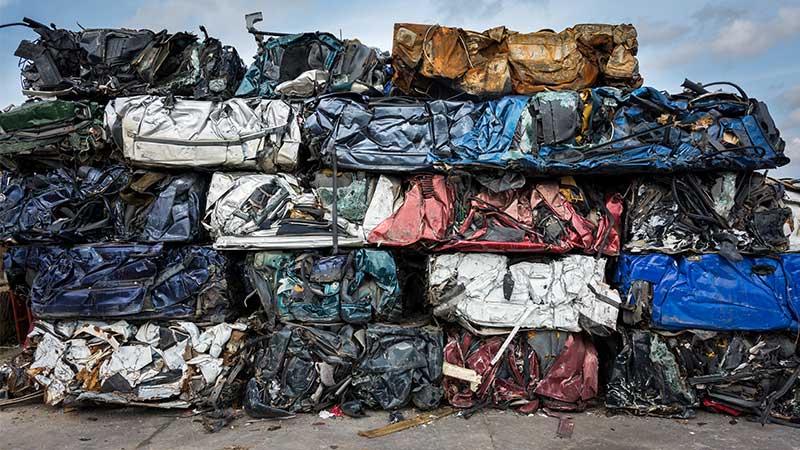
DE-POLLUTION PROCESS
When a vehicle has reached the end of its useful life and is presented at one of our contracted sites it will be de-polluted as follows.
The draining of all fluids and gases The removal of the battery, wheels and tyres, the neutralisation (activation) of the air bags NB: Any saleable parts will be removed and sold. The vehicle will then be crushed and transferred to a site where it will be shredded into tiny pieces. Separation techniques are used to recover metallics, for re-cycling new ferrous and non-ferrous metals. The remaining material known as shredder residue can be further treated and sorted for the recovery of glass and other materials, which are then used in an increasing number of applications such as an aggregate for road building.
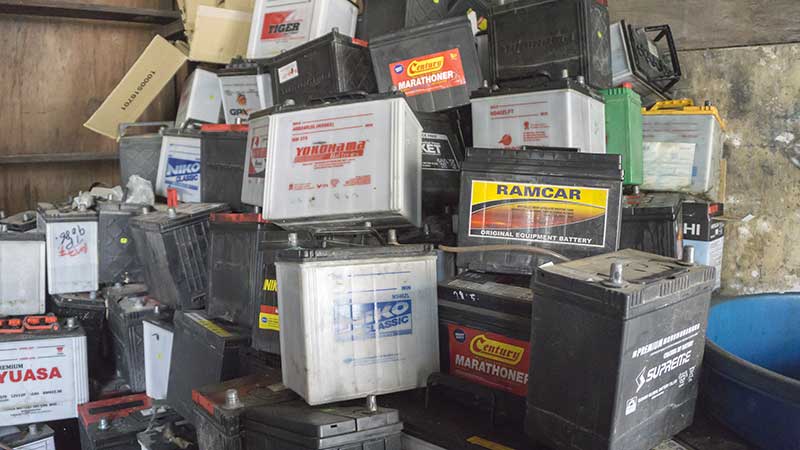
PORTABLE BATTERIES COLLECTION POINTS
Producers such as Isuzu (UK) Limited who place less than 1 tonne of portable batteries on the market in a year have no collection, treatment or recycling obligations. There are however many thousands of free collections points in Stores, Supermarkets such as Currys, Mothercare, Poundland, Sainsburys, Tesco, WH Smith, Boots together with Libraries, Schools and other Public buildings.

INTERNATIONAL DISMANTLING INFORMATION SYSTEM
To facilitate the process of de-pollution and dismantling, since January 1999 Isuzu has collaborated with other car manufacturers to develop an information database called The International Dismantling System (IDIS). IDIS contains data on the material composition of vehicle components, on the draining of fluids, the handling of pyrotechnic components and details of any special tools needed. IDIS information is updated three times per year and is now web based.
For further information please visit www.idis2.com. If you wish to dispose of your old Isuzu please visit www.rewardingrecycling.co.uk. The location of your closest ATF will be advised based on your individual post code.
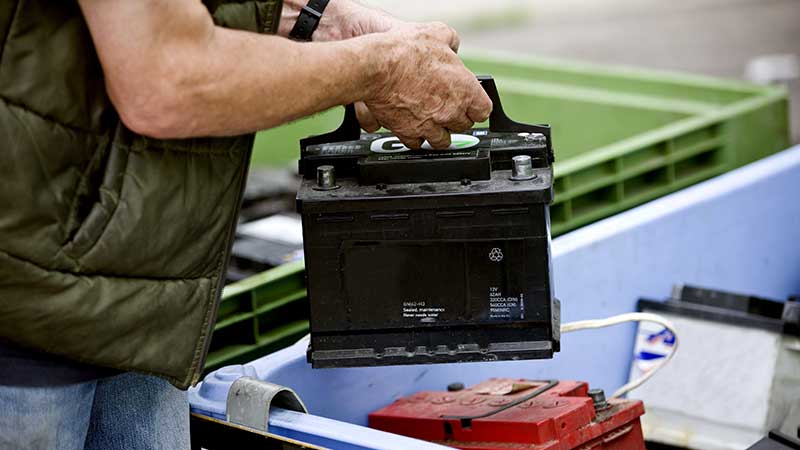
WASTE BATTERIES REGULATION
In accordance with the relevant requirements stipulated in the 2009 Waste Batteries and Accumulators Regulation, batteries are not allowed to go to landfill or be incinerated so cannot be included with ordinary refuse and must now be sent for recycling. The Waste Batteries legislation deems Isuzu (UK) Limited to be a producer of Automotive Batteries with certain obligations regarding the collection of waste batteries from the 1st of January 2010. An automotive battery is any battery that is used for automotive starter, lighting or ignition power. Operators of businesses where waste automotive batteries arise in significant volumes as part of their day to day business (such as garages, scrap yards, end-of-life vehicle Authorised Treatment Facilities or Civic Amenity Sites) are entitled to have their automotive batteries removed free of charge. Our Service provider for ELV and Waste Battery collection is Autogreen: www.autogreen.eu or 0800 542 2002. Producers such as Isuzu (UK) Limited are not obliged to collect batteries from individual private customers (vehicle owners) however householders are allowed to deposit waste automotive batteries at Civic Amenity Sites without charge. In this regard please see www.recycle-more.co.uk for details of the recycling facility nearest to your post code.
